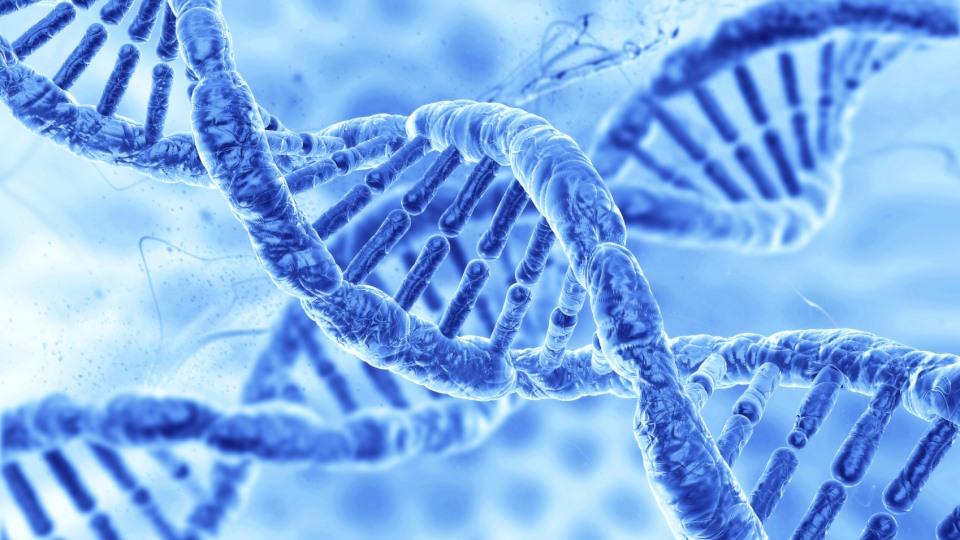Beam cuts one in five staffers to conserve cash

Gene-editing company Beam Therapeutics has shifted into reverse, slashing staff and R&D programmes after a period of expansion since its public debut in 2020.
The company is letting around 20% of its workforce go – equivalent to around 100 positions – and focusing its R&D efforts around candidates for sickle cell disease (SCD) treatment and alpha-1 antitrypsin deficiency (AATD) in an effort to trim its operating expenses during a challenging period for biotech financing.
The aim is to stretch its current cash and liquid asset reserves of $1.1 billion through 2026.
Beam was formed in 2017 by David Liu, Feng Zhang, and Keith Joung, all pioneers of CRISPR gene editing, to focus on a platform based on base editing, a method that converts one nucleotide base into another without cutting both strands of DNA.
The company quickly raised more than $1 billion from investors, including $190 million from its initial public offering (IPO) as it grew its pipeline across ex vivo, autologous haematopoietic stem cell (HSC) therapies, and in vivo drugs delivered using lipid nanoparticles (LNPs).
Its R&D spend will now concentrate on ex vivo and in vivo programmes for SCD, including HSC therapy BEAM-101 for the activation of foetal haemoglobin in phase 1/2 trials, as well as its engineered stem cell antibody paired evasion (ESCAPE) non-genotoxic conditioning strategy, and in vivo delivery to HSCs.
Also prioritised is in vivo base editor BEAM-302 for AATD, which corrects the E342K mutation in the disease, and BEAM-301, an in vivo LNP for glycogen storage disease 1a that corrects the R83C mutation.
That means that a CAR-T candidate called BEAM-201 for acute myeloid leukaemia (AML), which had reached phase 1/2 testing, has been sidelined, although the biotech said it would collate the data in the hope of partnering the programme.
It is also shelving a hepatitis B virus programme, but will keep working on in vivo gene editing projects involving the liver, targeting “both rare genetic and common disorders.”
“From the beginning, Beam’s strategy has been to develop base editing technology broadly across a diverse portfolio of programmes and delivery modalities,” said the company’s chief executive, John Evans.
“In this challenging market environment, however, we need to make the difficult decision to focus our resources on those clinical programmes and research areas we believe have the highest potential for near-term value creation,” he added.
Shares in the company fell around 12% after news of the retreat was announced - well down from a 52-week high of more than $52 and an all-time peak of $130 in 2021.












